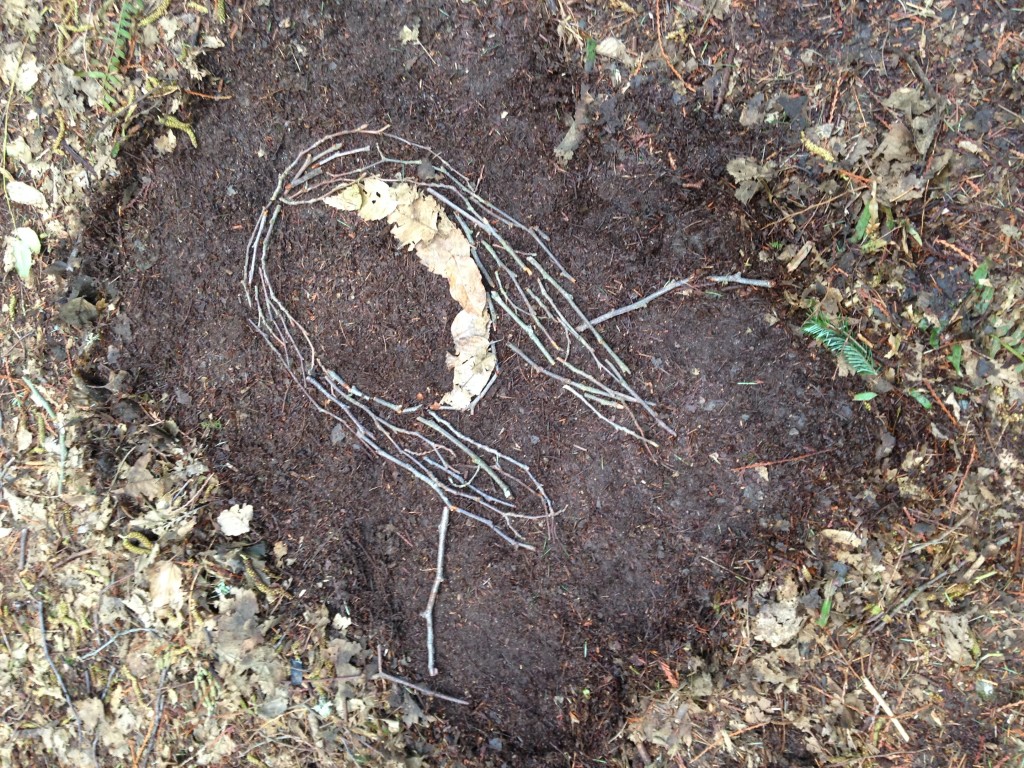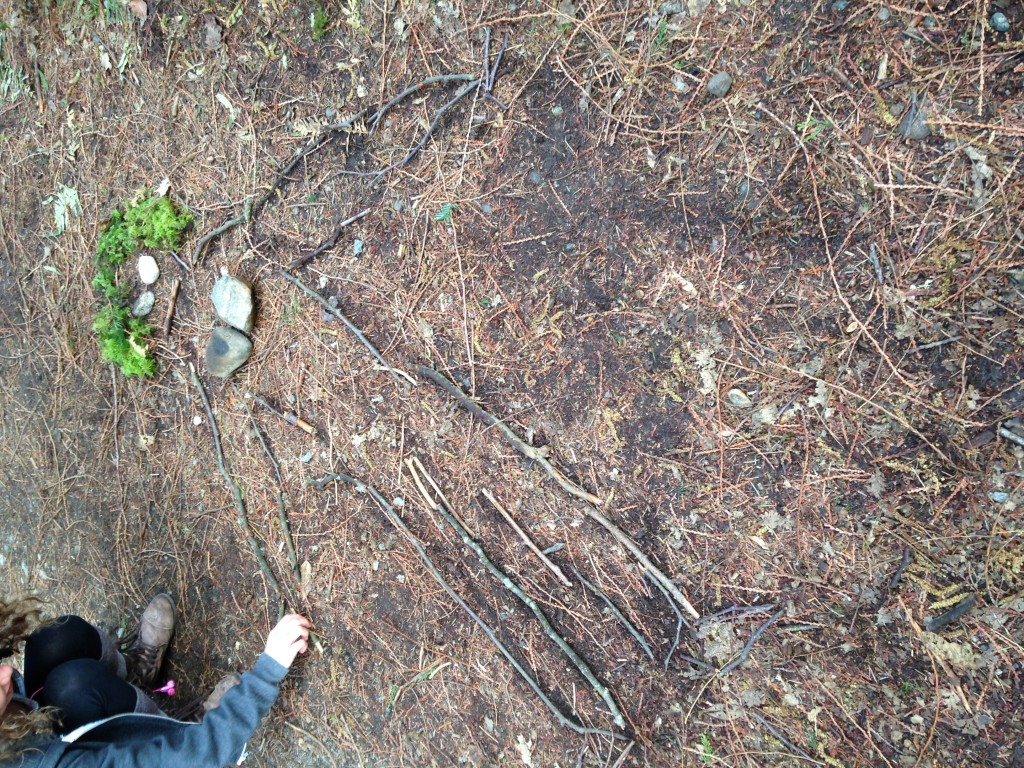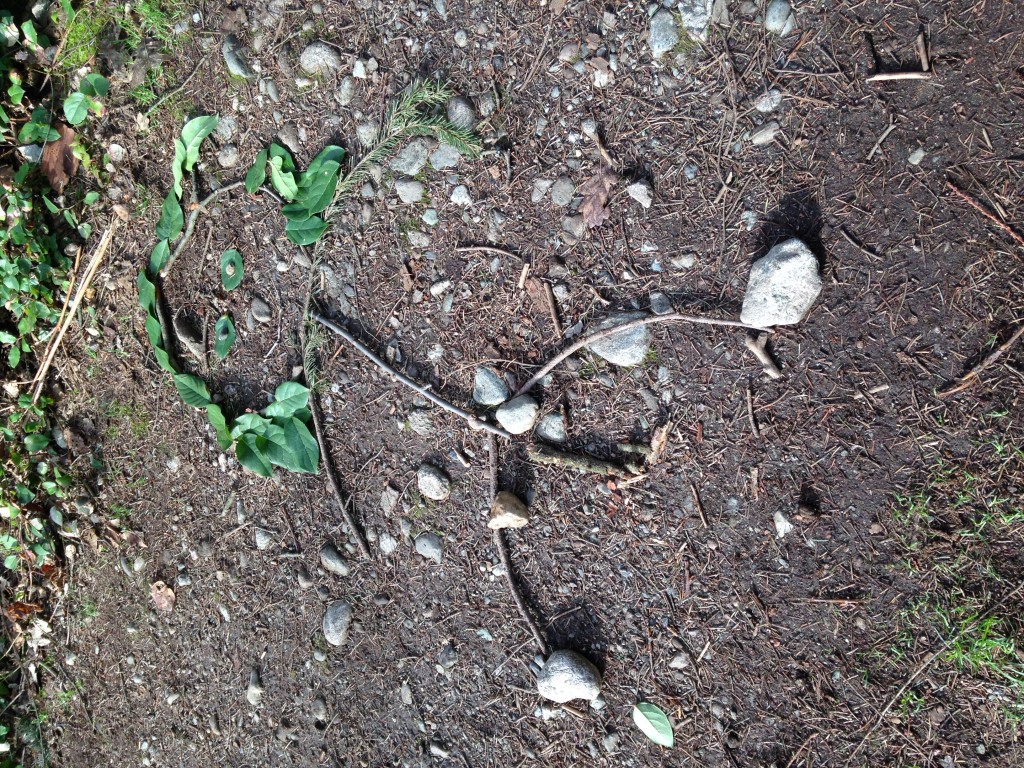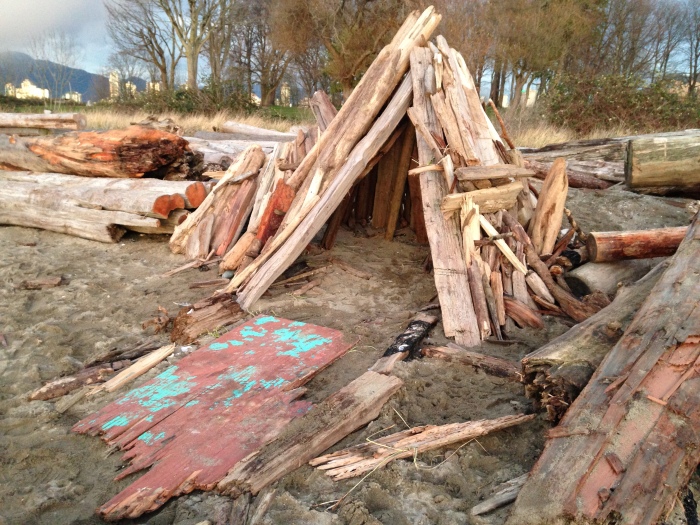My teaching philosophy has a lot to do with the observation that many of the students in my classes are not necessarily there to learn a subject that they take seriously – they do not see art as being a serious subject of study to help them in their future careers. So I see my role as an educator as being a catalyst for showing students that the general learning process is fulfilling and intriguing. In this way, I hope to show that art is in every other subject they learn, and that every other subject they learn is related to art.
During this practicum, I haven’t really had a chance to work in an interdisciplinary manner, however, I imagine that the more students can see that all subjects are connected, the more likely they are to recognize each subject is important to their learning as a whole. My personal inquiry has led me to focus on bringing art and outdoor education in particular together (bringing my classes outside as much as possible). Teaching media art has allowed me to bring art and technology together. In the future, one step at a time, I would hope to bring as many other different disciplines together as possible as well.
This week I will be taking two of my visual arts classes down to the library to utilize that particular resource. Although it is place that the students and myself are familiar with, each time I bring students into a new environment during class time, all the regular class dynamics seem to change. I have a general idea as to what I want them to gain and learn from the visit, however, I also would like to anticipate what some of the challenges of that setting might include – not that there should be anything particularly challenging about visiting the library. It’s just that I always seem to overlook small details when it comes to going outside the classroom with my students.
As always, I’m focused on engaging the students and getting them to think critically by considering and planning questions for the class ahead of time.
The following are some examples of ‘land art’ or ‘natural figure drawings’ my students made out on a nearby hiking trail. I thought the projects turned out pretty well for only having a short period of time for them to work on these! It goes to show that working with conventional materials is not always necessary when creating fine art.








